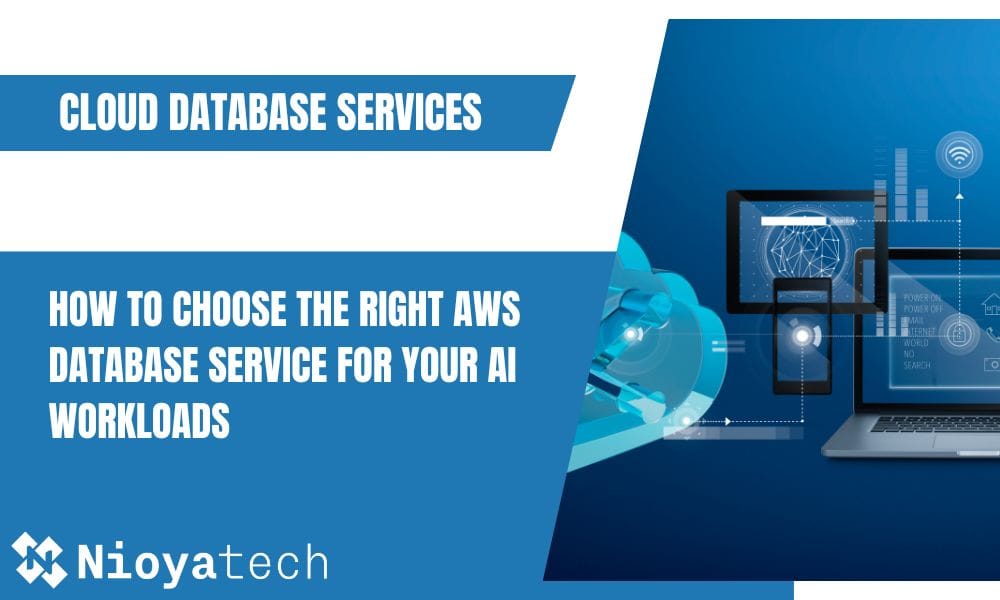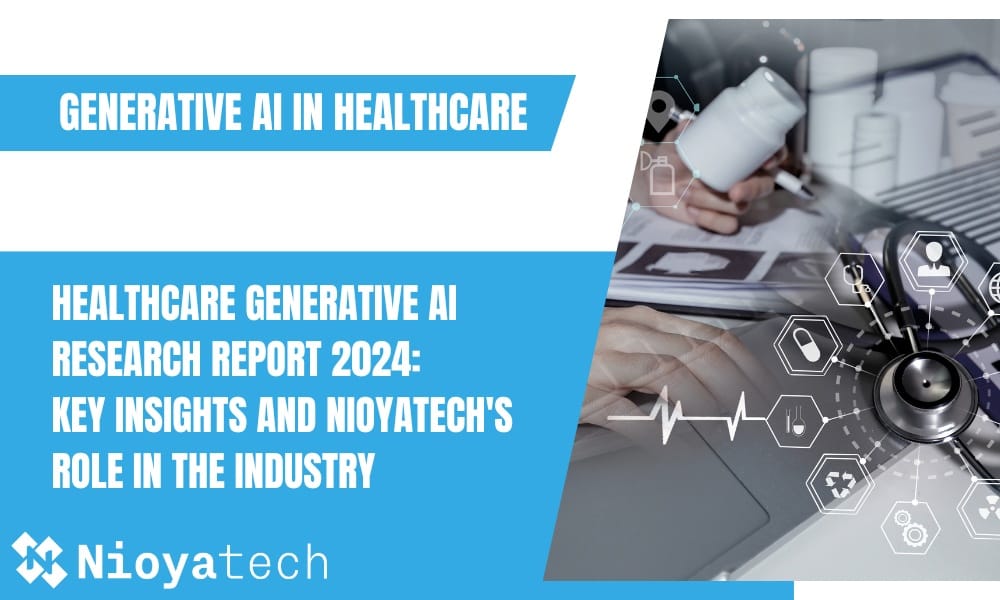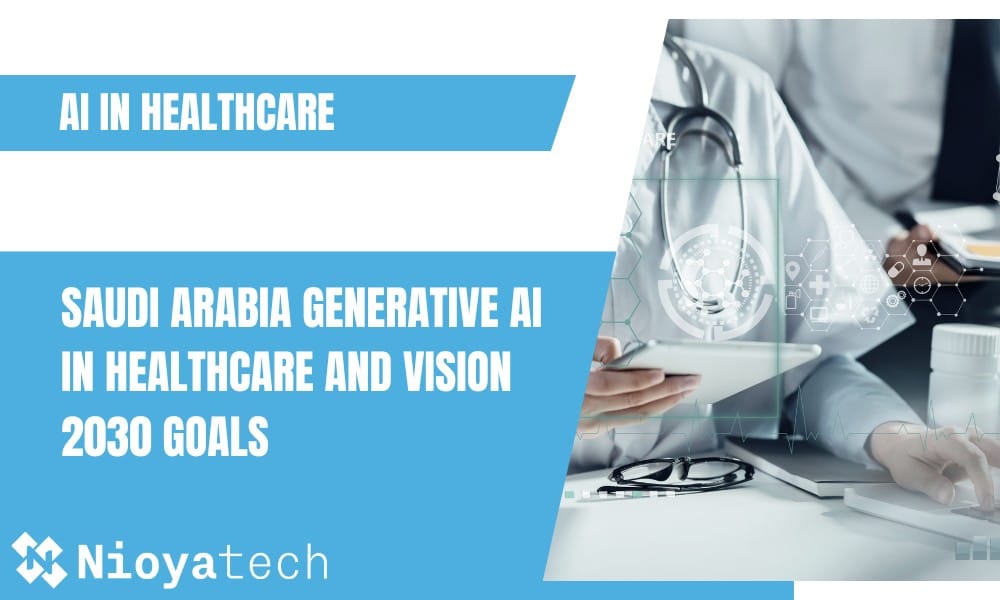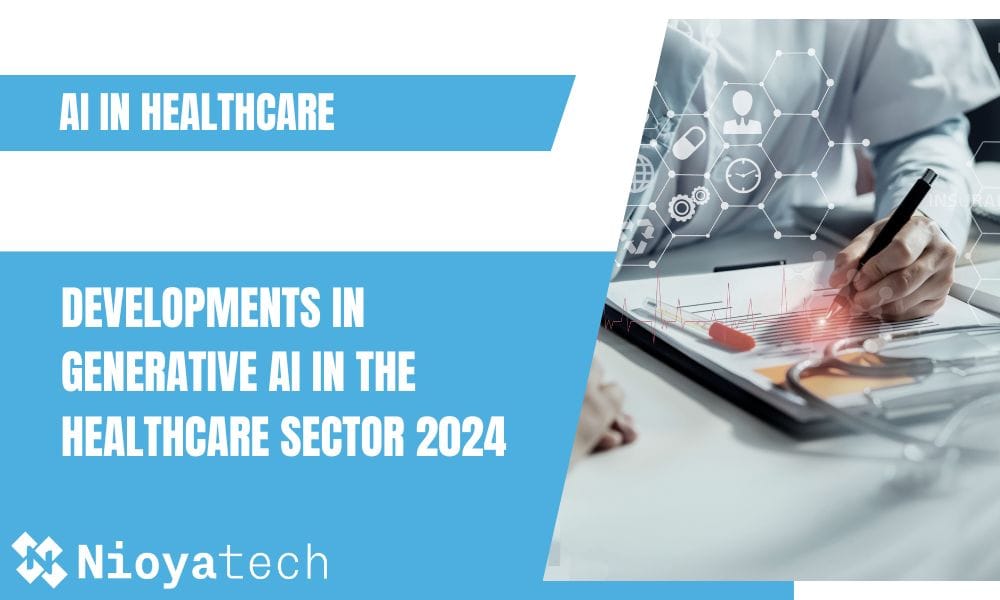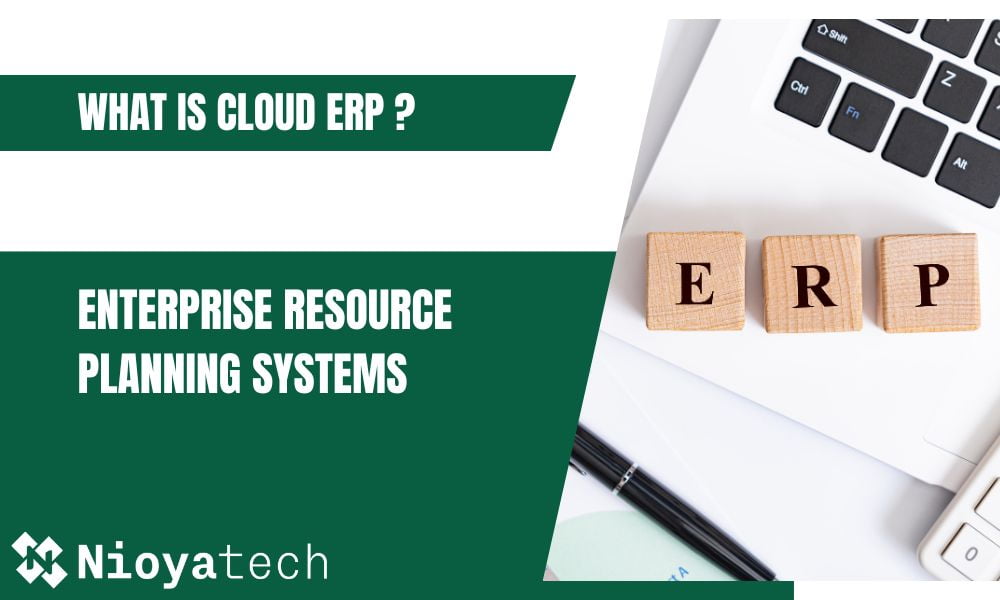DevOps has been a game-changer in software development, enabling organizations to improve their speed of delivery, quality, and agility. As technology continues to evolve, the DevOps trends will also change.
Last year’s DevOps trends have seen a marked increase in interest areas like AI/ML, CI/CD, DevSecOps, etc. As a DevOps consulting company it is important for us to monitor how DevOps methods change so that we can determine where to focus in the upcoming year. In this article, we will explore the top 9 DevOps trends and predictions for 2023.

What is The Business Impact of Devops?
Technology executives are adopting the strategy that unites dev and ops teams, automating many of their duties to aid in their ability to work more quickly and creatively, and reaffirming their dedication to high-quality software engineering.
DevOps process accelerates the delivery of technology by facilitating the automation and management of team collaboration during the development and deployment of projects.
Businesses can benefit from integrating DevOps into their software development life cycle. Some of the improvements are product performance, quality of service, customer experience, customer satisfaction.
New DevOps Trends and Predictions for 2023
New DevOps trends refer to ever-evolving technologies to help companies operate better in a contemporary business environment driven by digital advancements. It offers businesses a new way to quickly deliver value to customers. Many businesses are beginning to realize the true potential of DevOps in terms of operational effectiveness and overall performance.
There are many DevOps trends and emerging technologies but here we gathered the fastest progressing ones. In 2022 DevOps trends AI/ML, DevSecOps, and serverless computing were at the top of the list. This year they are still on the list of DevOps trends 2023 with newcomers Kubernetes & Containers and Shift-Left Security.
Artificial Intelligence (AI) and Machine Learning (ML) in DevOps:
In 2023, we can expect to see more integration of AI and ML in the DevOps process. AI and ML can automate and optimize several DevOps tasks, such as testing, monitoring, and deployment. This integration will improve the speed and accuracy of DevOps processes and enable better decision-making.
The organization has seen how the world has changed since AI and ML were introduced. The combination of ML & AI with DevOps will lead to a big shift in its evolution. Initially, it establishes DevOps as a critical pillar for the organization’s objective of digital transformation. For the organizations running on living data, the integration of AI & ML with DevOps is to prove its wider worth like ever before in every aspect, from efficient workflow to providing a safer environment for application development.
Shift-Left Security:
Shift-Left Security (SLS) is a concept that involves integrating security into the software development process from the beginning. In the 2023 DevOps trends, there is a growing attention towards implementing SLS in DevOps to ensure that reliability is a priority from the start of the development cycle.
The purpose of SLS is to detect and fix potential threats and vulnerabilities as early in the development process as possible, and to make resolving security issues easier, faster, and more cost-effective.
Shift-Left Security aims to;
- Build software with security best practices integrated
- Identify and repair any bugs and vulnerabilities as early in the development process
- Make addressing potential threats simpler, quicker, and more reasonably priced.
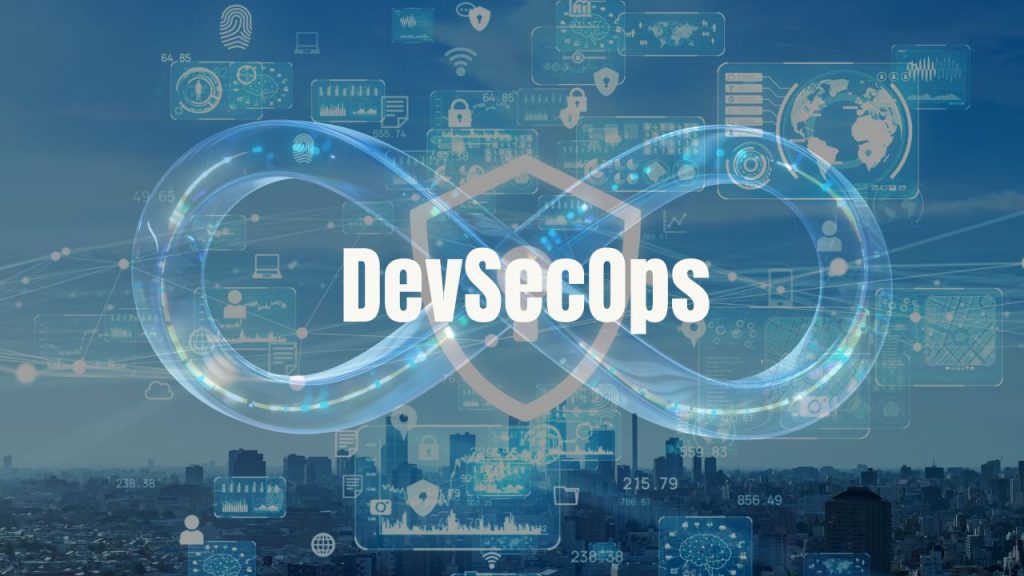
DevSecOps:
DevSecOps is the integration of security into DevOps processes. It involves collaborating with security teams to ensure that reliability is a priority at every stage of the development process.
In order to establish a strategy for security automation, DevSecOps emphasizes the necessity of including security teams and partners from the onset of DevOps projects.
Low-Code/No-Code:
Low-code/No-code platforms have gained immense popularity in recent years, and it gained a place in DevOps trends 2023 list. We will see more adoption of these platforms in DevOps. These platforms can enable faster development and deployment of applications, allowing organizations to focus on innovation and competitiveness.
No-code/low-code platforms have developed into a crucial commercial tool for creating software products. These platforms for no-code and low-code development have allowed companies more freedom to build their own mobile applications for users. Companies are better able to adapt swiftly to emerging market trends in business because to a decreased reliance on specialized software developers.
Kubernetes and Containers:
Kubernetes and containers have become the standard for deploying and managing applications in a DevOps environment. Of course kubernetes and containers are in the list of DevOps trends 2023 and we can expect to see more adoption of Kubernetes and containers, with more organizations leveraging these technologies to improve their DevOps processes in recent years.
The current DevOps trend is mostly driven by containers. It offers a less complicated and more practical approach to bundle and deploy contemporary programs while also offering a lightweight, portable, and cost-effective substitute for virtual machines (VMs).
The high level of automation that Kubernetes provides sets it apart in the container space. Kubernetes has become the industry standard for container orchestration, allowing teams to revolutionize their architecture as they move towards cloud-native applications.
Microservices:
Microservices architecture is a software design pattern that involves breaking down applications into smaller, independent services.
Microservice architecture is often used to accelerate application development. Microservice architectures make life easier for developers in many areas, from moving websites to playing media content, from tracking payment and order tracking to data processing.
Serverless Computing:
Serverless computing is a cloud computing model that allows organizations to build and run applications without having to manage infrastructure to improve scalability, reduce costs, and increase agility.
One of the hottest topics in recent DevOps trends, microservices, introduces new opportunities and demands into our development life. One of them is serverless, one of the hottest ideas right now. The idea of Serverless is made more intriguing by the fact that distributed systems are essential components of modern software infrastructure.
Serverless is a structure where applications are hosted by Cloud providers, eliminating the need for developers to manage servers, software and hardware.
The term “Serverless” gives the impression that our code will run without a server. However, what is meant here is the infrastructure responsibility (needs such as purchasing/renting/managing servers, scaling, networking, operating system maintenance) rather than the responsibility of the developer, the Cloud providers. This allows us to build applications and services without infrastructure management.
Cloud-Native Applications:
Cloud-native applications are designed specifically to run on cloud platforms. These applications are built with cloud-native principles, such as scalability, resiliency, and fault tolerance.
Cloud-native architecture is about designing and building applications built in the cloud environment and leveraging the ideology of cloud computing. Cloud-specific design is centered around speed and scalability. Thus, these systems are designed to respond quickly to changes in the environment and scale services individually as needed.
It’s important to remember that leveraging technologies like containers and microservices doesn’t automatically mean software is cloud-native. Cloud-native apps are designed by developers specifically for the cloud and are therefore optimized to run in the cloud.
GitOps:
GitOps is a DevOps methodology that involves managing infrastructure and applications using Git as the single source of truth. In 2023, we will see more adoption of GitOps, with more organizations leveraging this methodology to improve their DevOps processes.
DevOps reflects a corporate culture, namely Development and Operations teams working together more quickly, effectively and collaboratively. GitOps, on the other hand, provides a set of tools to implement this DevOps culture into your organization and design your CI/CD processes for infrastructure automation and application deployments.
A pipeline platform is needed to implement GitOps fully. Pipelines automate and connect the orchestration system and Git pull requests. Upon the creation and activation of pipeline hooks from pull requests, commands are sent to the orchestration piece.
Top DevOps Trends and Nioyatech
In conclusion, the DevOps landscape will continue to evolve in 2023, with more organizations adopting new technologies and methodologies to improve their DevOps processes. AI and ML, Shift-Left Security, DevSecOps, low-code/no-code, Kubernetes and containers, microservices, serverless computing, cloud-native applications, and GitOps are just a few of the trends and predictions that we can expect to see in the coming years.
Nioyatech offers DevOps as a service to help and guide you to the best cloud benefits with newest DevOps tools for your business. You will get quality, agility, security, speed, and compound delivery across digital and corporate systems with our DevOps solutions.

